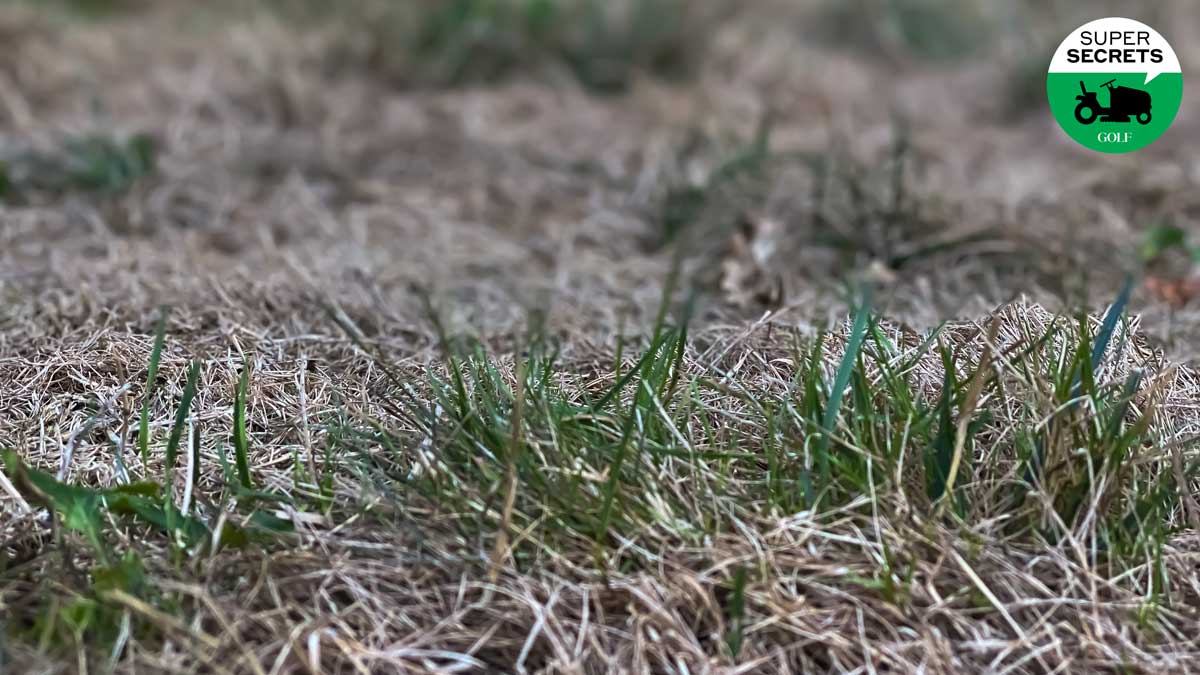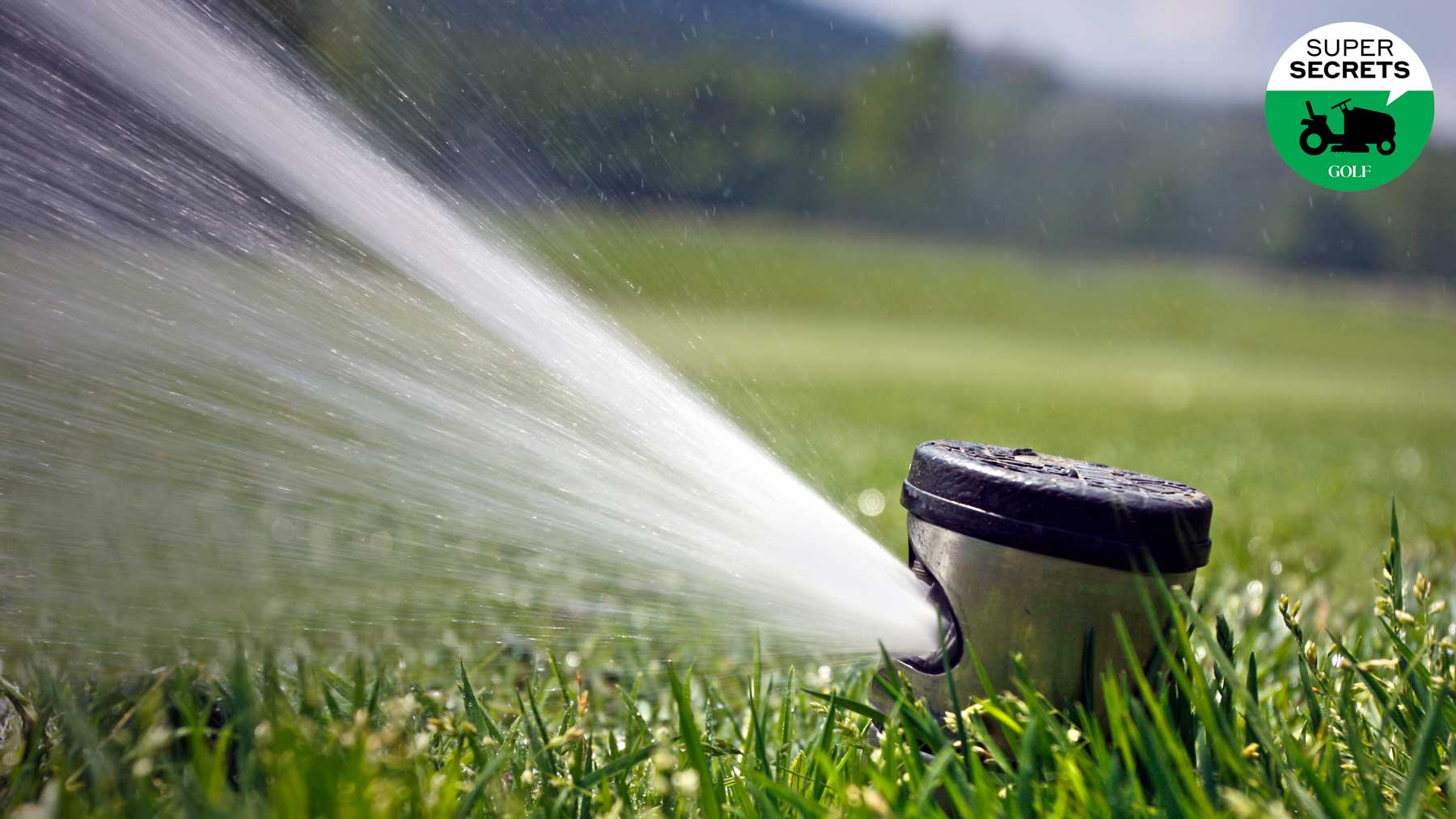It’s not easy being green.
But it’s also not as difficult as some people think.
Jay Neunsinger is a longtime member of the Golf Course Superintendents Association of America and a two-time winner of the organization’s Environmental Leaders in Golf Award.
6 lawn-care musts for springtime prep, according to a golf-course superintendentBy: Josh Sens
At Boundary Oak Golf Course, in Walnut Creek, Calif., where he works, Neunsinger abides by many eco-conscious measures that are commonplace in the industry, including minimizing water and pesticide use.
But he doesn’t stop there. Not even close.
With Earth Day still fresh on our minds, we asked the greenest greenkeeper we know to share other steps he takes toward treading lightly, along with tips the rest of us might try at home.
1. Bee the ball
Some years ago, when a swarm of bees appeared at another NorCal course where he was working, Neunsinger didn’t try to get them to buzz off. Instead, he collected the swarm into a hive. It’s a practice he keeps up today, maintaining an apiary at Boundary Oak that is home to three to six hives throughout the year.
The bees don’t bug the golfers. They’ve got better things to do, like pollinating flowers and producing honey, which Neunsinger sells by word of mouth, donating the proceeds to a local junior golf program.
How to turn your lawn Augusta green (without overwatering!), according to a superintendentBy: Josh Sens
Dealing with bees might sound daunting, but don’t let that dissuade you, Neunsinger says. It’s not rocket science. Nor is it prohibitively expensive. The basic equipment, including a hive box and a smoker, runs in the neighborhood of $350 to $400. What’s more, if you contact your local beekeeper’s association (there are many around the country), they’ll be happy to help you out.
“We know that honey bee populations are declining in many places, and know how important they are to our ecosystem,” Neunsinger says. “This is just one small part we can play to be in greater harmony with our environment.”
2. Find common grounds
About once a week, Neunsinger swings by his local Starbucks, but not for a mocha frappuccino. He’s there to pick up coffee grounds, which he brings by the bagful to the course. Once the grounds have dried, he uses them as compost, mixing them into the soil of planter boxes and under various native trees and shrub.
The grounds have some nutritional value. They also help with water retention. But the bigger benefit, Neunsinger says, is helping to reduce Starbucks’ compost waste. Make some inquiries at your local Starbucks, or any nearby coffee shop. Odds are they’d be happy to share their grounds.
No coffee shop nearby? Save up your own grounds!

3. Clean car, green yard
Next time your car gets dirty, don’t bring it to a car wash, Neunsinger says. Do the job in your front yard.
What does this have to do with golf and the environment? The soap will function like a wetting agent, which superintendents use when they irrigate to help moisture seep more readily into the soil, an important water-conservation method. You can do the same as you clean your ride.
5 sneaky ways superintendents keep golf courses looking goodBy: Josh Sens
“People ask me all the time, ‘What’s that white stuff on the course?’” Neunsinger says, referring to wetting agents. “I tell them it’s basically just soap.” As you go about your car wash, make sure the runoff goes into your yard and not onto your driveway or down into the gutter, where it will drain into the gray water system.
4. Harness flower power
Can’t deal with bees? Here’s a plan B … err, C. Plant a pollinator garden around your home. Neunsinger has one at Boundary Oaks. It’s filled with flowers that provide nectar and pollen to bees and other pollinating insects.
Neunsinger also scatters wildflower seed in select spots around the course, including the banks of Boundary Oak’s ponds, which now brim with bright orange California poppies. Your local nursery can help you select the right plants for your area. It takes a bit of time and effort, and then nature does the rest.













